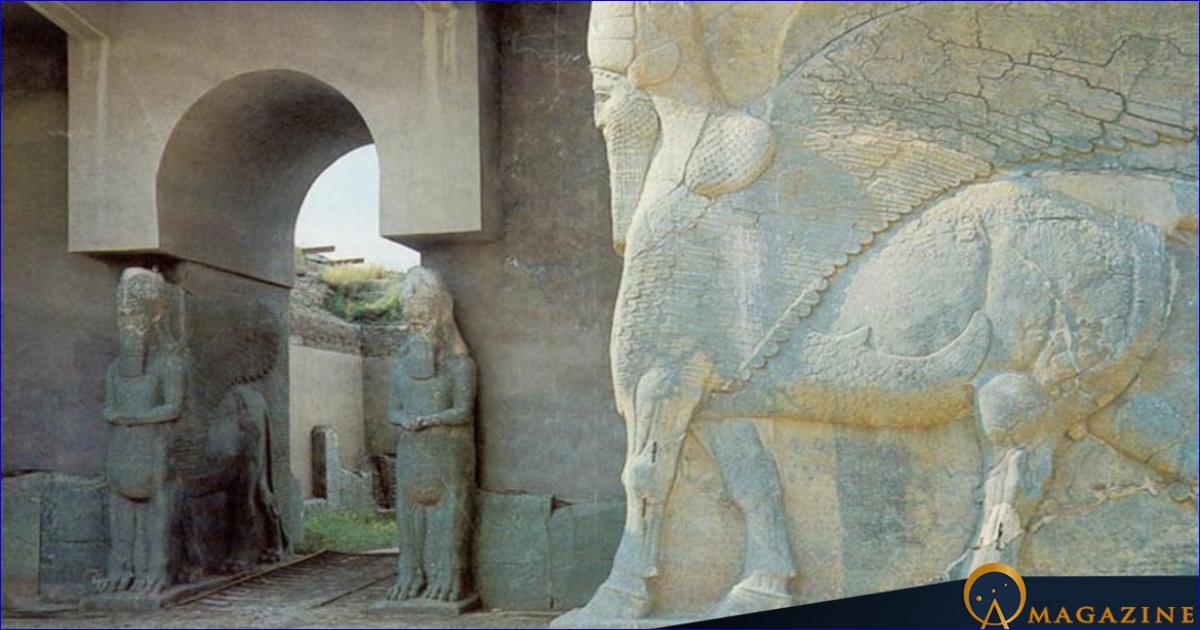


This mythical being, often represented in ancient Mesopotamian reliefs, was a divine protector god, and its statue would frequently be seen standing guard outside the gates of Assyrian cities. This was the case in the city of Nimrud -- an ancient city built over 3,000 years ago, which featured in the Book of Genesis.
Related: Timeline of ISIS in Iraq
Related: Attacks on Assyrians in Syria By ISIS and Other Muslim Groups
However, after surviving for three millennia, the Bull of Nimrud met its end in 2014 when Islamic State terrorists seized parts of northern Iraq and declared war on the city. Denouncing its historic sculptures as pagan, idolatrous, and worthy of destruction, ISIS militants filmed themselves defacing the site's carvings with sledgehammers and drills before reducing the UNESCO site to rubble with explosives.
In 2016, in an act of symbolic defiance, a group of archaeologists and art historians in Italy used large 3D printers to reconstruct the Bull of Nimrud in full and to scale, as part of an exhibition--entitled Rising from Destruction: Ebla, Nimrod, Palmyra--which was designed to spark a debate around the importance of preserving historical and cultural monuments.
Find out how this curious replica was created, and where it is now, in the Artifact World article 'Resurrecting the Bull of Nimrud: 3D-Printing Defies Iconoclastic Destruction' available in the July -- August 2024 51th Issue New Technology Uncovering the Past. (AINA maga-zi-ne)

or register to post a comment.